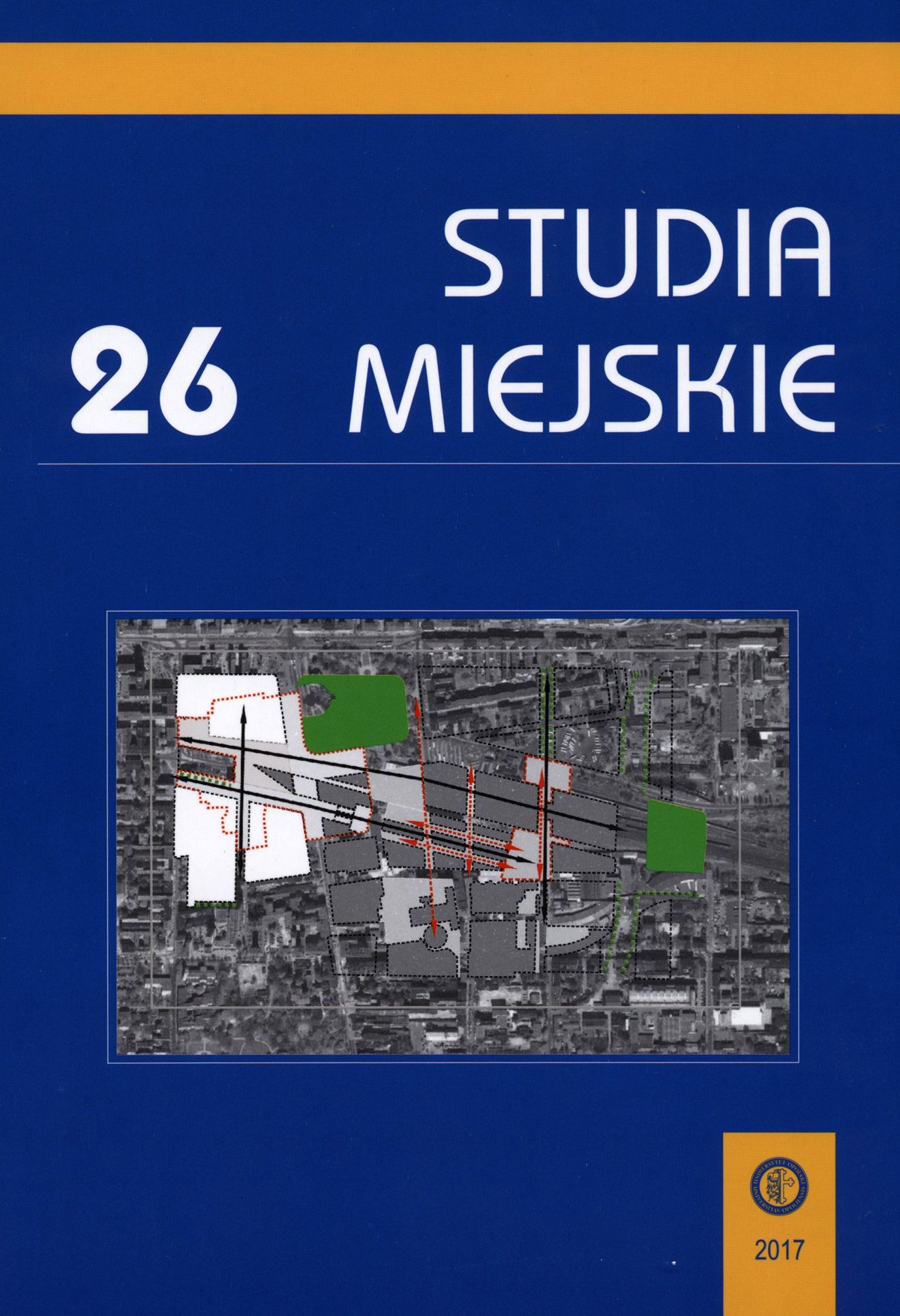Analiza funkcjonalna i kompozycyjna koncepcji rewitalizacji strefy nowego centrum Łodzi
A functional and compositional analysis of the concept of revitalisation of the new center zone in Łódź
Author(s): Szymon OpaniaSubject(s): Geography, Regional studies, Rural and urban sociology
Published by: Uniwersytet Opolski
Keywords: transformation of urban structures; urban composition; revitalization
Summary/Abstract: Analyzing contemporary tendencies of cities transformations, it is possible to notice two groups of projects standing out: one of them is based on carrying out demands of the sustainable development of cities under construction, setting their priorities as an important goal, whereas the other one assumes the accomplishment of great infrastructural tasks which are designed to improve functioning of chosen areas of cities. The multitude of these concepts caused Philip Jodido to perceive the 1990s through the prism of development of transport and communication systems, which became a significant factor in the development at all, supported by administrations of central and local governments of most European countries. As a consequence, there was a growth in the importance and quality of urban-architectural projects concerning this category. In the second group, beside Rem Koolhaas’s Euralille project, linking Paris and London with TGV route, it is possible to mention the concept of Lódz’s New Centre, carried out in the environs of Lódz Fabryczna railway station and Elektrocieplownia I, as a transfer point and a cultural centre of the city. The main purpose of the article is to analyze the functional and compositional solutions used in revitalization of this area, starting with Rob Krier’s masterplan of 2007 and ending with the zoning project drawn up for this part of Lódz by the Municipal Urban Planning Studio of Lódz in 2014.
Journal: Studia Miejskie
- Issue Year: 2017
- Issue No: 26
- Page Range: 65-82
- Page Count: 21
- Language: English, Polish

